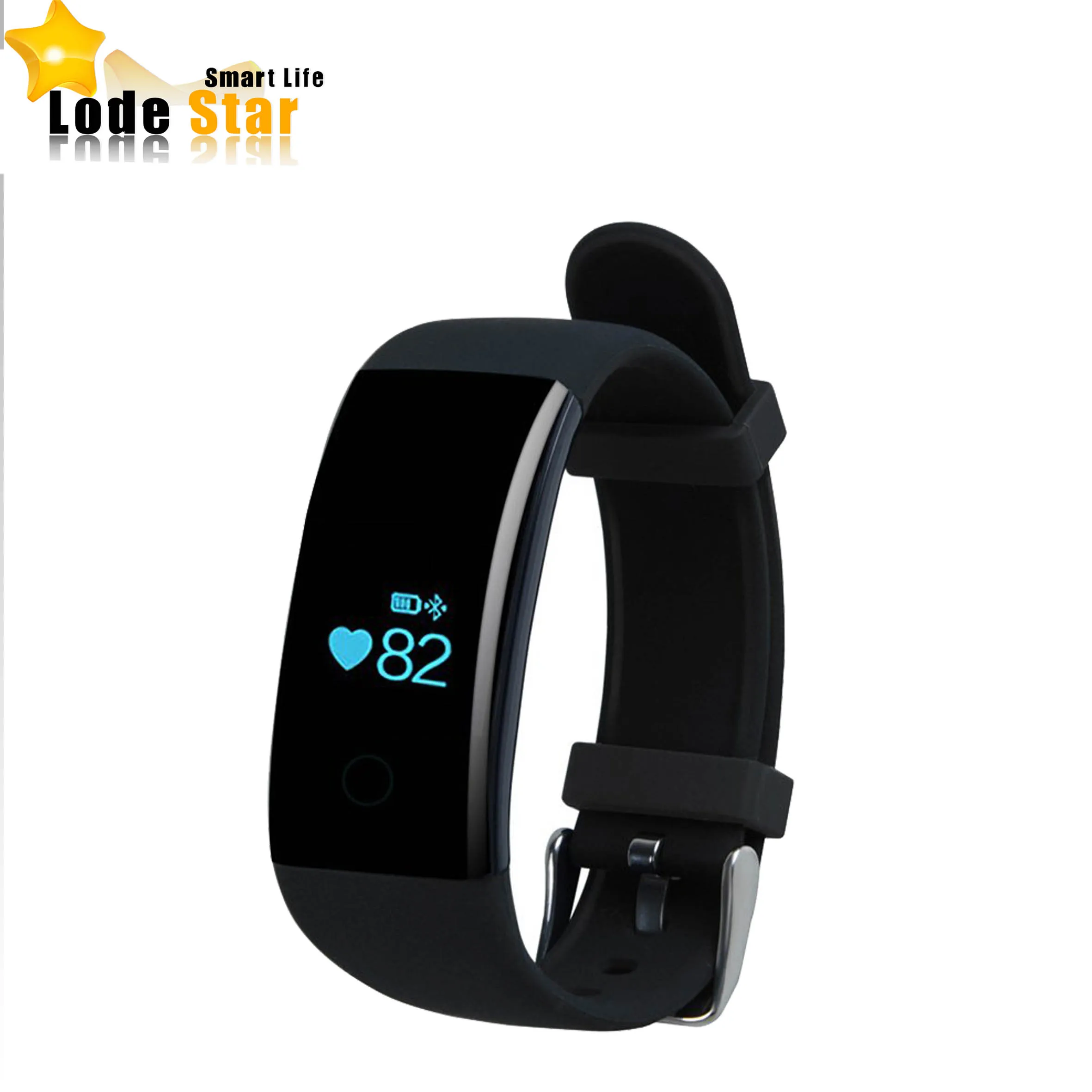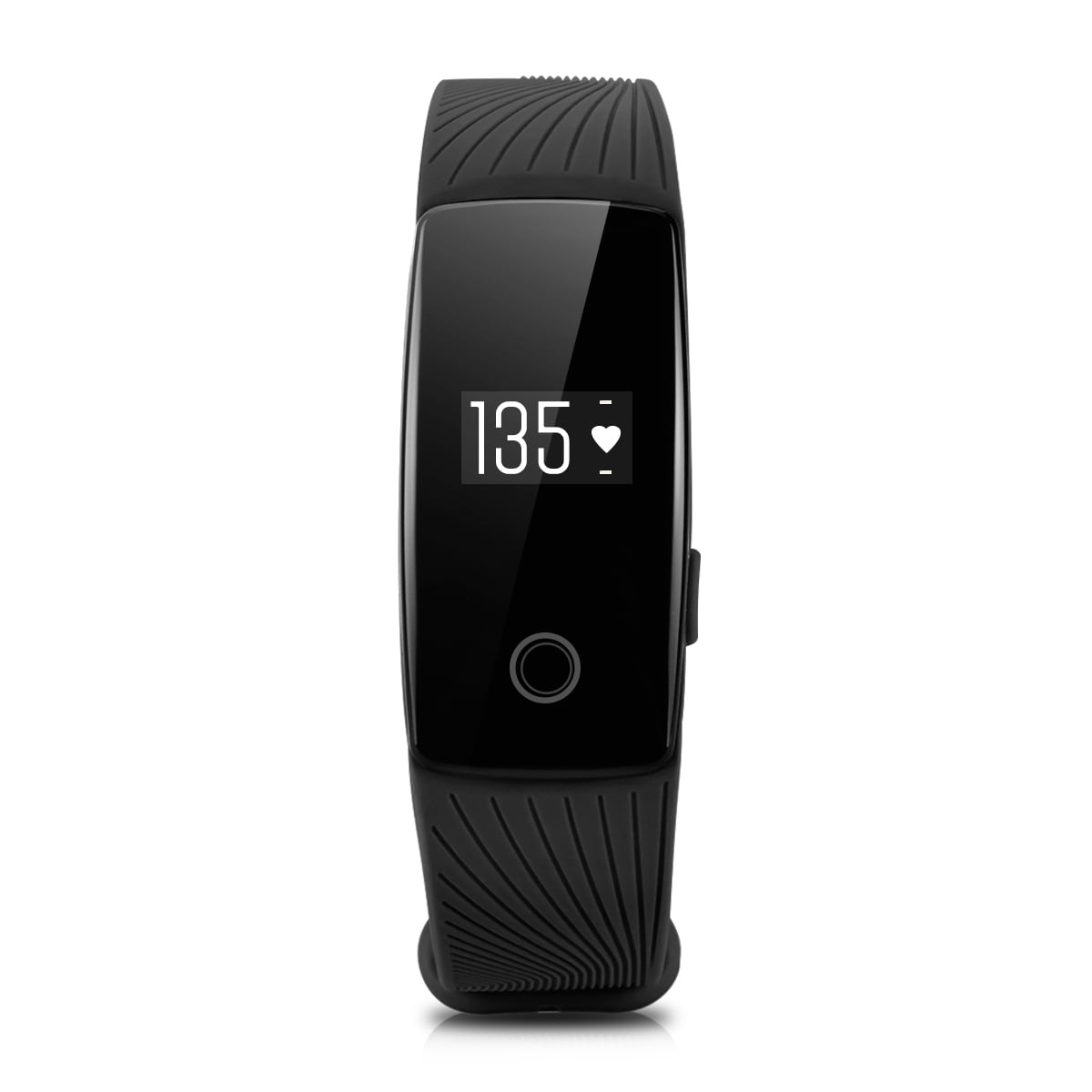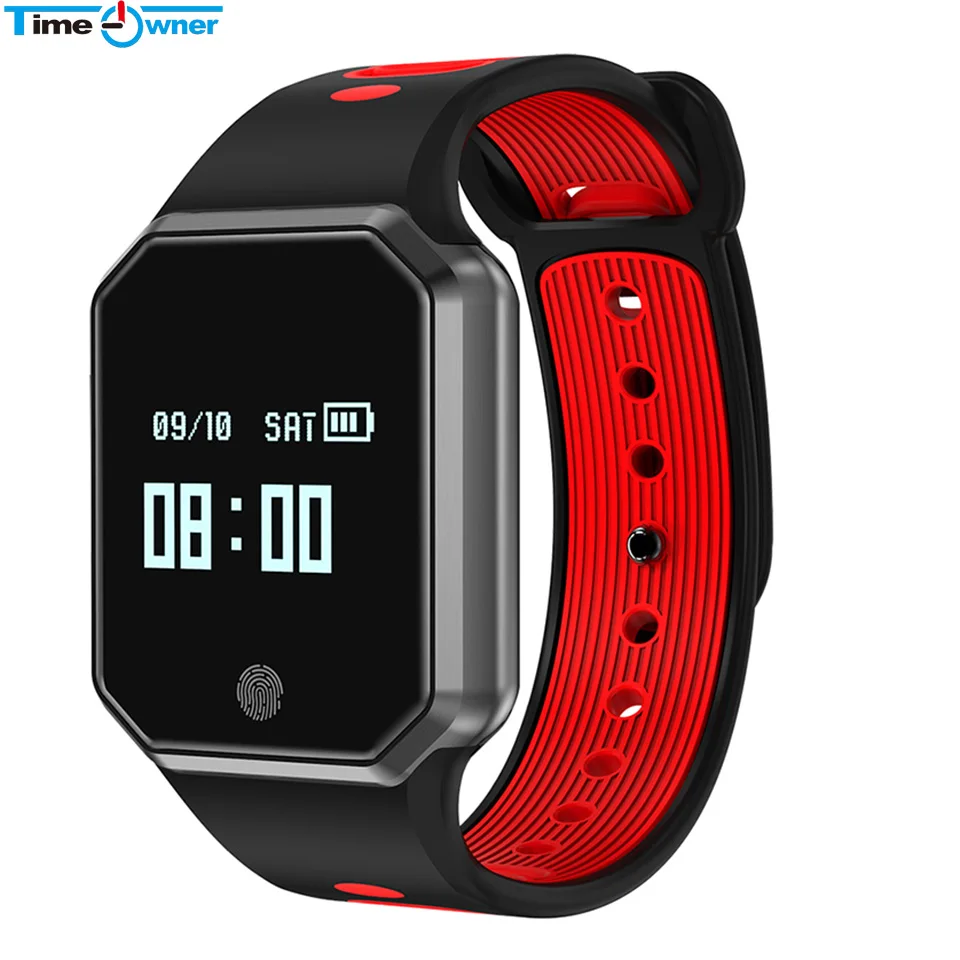

- ANDROID SMART REMINDER WRIST FULL
- ANDROID SMART REMINDER WRIST FOR ANDROID
- ANDROID SMART REMINDER WRIST OFFLINE
- ANDROID SMART REMINDER WRIST BLUETOOTH
ANDROID SMART REMINDER WRIST BLUETOOTH
To allow the user to connect to their bluetooth headphones directly from the app.Ĭlearly indicate whether the sound is coming from the watch or the phone. Standalone experience by supporting pairing with headphones. Users may take only their watch and headphones out for a run or walk. Logging and analytics data, to optimize power usage while streaming. Avoid using LTE for any jobs that could be deferred, such as sending Make sure to visually communicate to the user when they are streaming music and cache Streaming allows users to leave their other devices at home and still listen to Watch is charging and connected to Wi-Fi.Ĭonsider offering streaming support on devices that have LTE connectivity, a common use case for Long-running immediate or periodic tasks, use When designing, make it clear to the user what content is available offline. To add streaming ability if you see the demand.
ANDROID SMART REMINDER WRIST OFFLINE
For media apps, it is easier to support offline downloads first, then For example, users expect the ability to pause, play, or skip songs from theirĪs called out earlier, it is important to support offline scenarios. If your app is installed on both the phone and watch, users expect to have remote controls from

The drawable should be 48 x 48dp.Ĭonsiderations for media apps Enable playback controls for music from the phone The custom drawable that is typically your app icon. The splash screen is made up of a layer-list with two elements, the background color and Theme and set its windowBackground to your custom splash drawable in the manifestįile. To improve user experience during an app cold start, create a splash activity with a separate Improve user experience during an app cold start Review use cases where this make sense for your app. The watch can aid people in completing a task across aĭistributed ecosystem of devices. People increasingly own multiple devices. Keep your app content updated with the user's context,Īid users in completing a task from another device The watch is almost always with the user. Spotty connections and offline use cases, such as exercising and commuting, when a user may While a Wear OS device generally supports Bluetooth and Wi-Fi, it might not support LTE. User interface to increase engagement with long running activities. OngoingActivity to add that notification to additional surfaces within the Wear OS In Wear OS API level 30 and higher, pair any ongoing notification to an To learn more, read our User Interface Guide. P1 Tell me about a severe weather advisory Following is an example of priorities for a weather app. Read and understand how your content scales across each surface according to the priority of

If more action is required, direct users into your app's Apps should tailor their content forĮach surface has its own use case. Wear OS has many more surfaces than mobile to engage users. Learn more about optimizing for the wrist. Help people complete tasks on the watch within seconds to avoid ergonomic discomfort or arm Instead, find critical tasks that work well on the wrist and streamline the experience on Wear Don't migrateĪn entire mobile codebase and put a Wear OS user interface on top.
ANDROID SMART REMINDER WRIST FULL
Note: The API level 30 Wear OS emulator system image is currently in Developerįocus on one or two needs of your target users rather than a full app experience. Review the principles below before you start building your Wear OS app to optimize your However, Wear OS is optimized for the wrist, so there are some differences between the two.
ANDROID SMART REMINDER WRIST FOR ANDROID
Wear OS is based on Android, so many of the best practices for Android also apply to Wear OS.


 0 kommentar(er)
0 kommentar(er)
